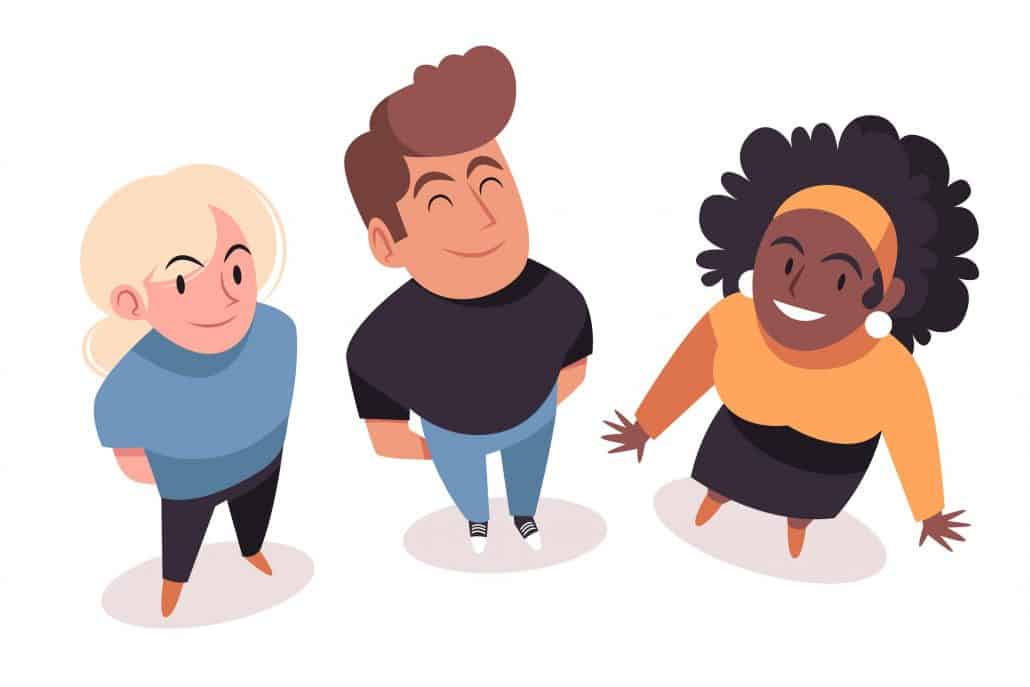Healthcare is better than ever, in many ways. Improvements in research and technology mean that providers and systems are able to screen and treat people early and better. And CHWs are key in connecting patients with these resources, which leads to healthier communities and disease prevention.
But the ability to provide this kind of care is not the same as actually providing it. Too often, minority groups are left out of innovation and don’t receive equal access to care. In some cases, this can be due to what’s known as implicit bias. And CHWs at the forefront of advocacy can help identify and address the gaps through cultural competence.
Implicit Bias and Health Disparities
This gap in care is largely down to bias blind spots — sometimes intentional and sometimes implicit or unconscious bias — that leave out wide swaths of the population.
Most people have vastly different healthcare experiences because of their race/ethnicity, income, geographic location, sexual preference, or other characteristics. As a result, many populations are disproportionately burdened by chronic illnesses and other health concerns.
For instance, more African Americans and Latinos, compared to whites, have at least one of seven chronic conditions: asthma, cancer, heart disease, diabetes, high blood pressure, obesity, or anxiety/ depression. And it can be a result of not getting treated quickly or at all, compared to white populations.

Source: KFF
As a CHW, it’s impossible to ignore figures like these. That’s why it’s imperative for agencies to not only understand health disparities but also develop cultural competence among your team.
What Is Cultural Competence?
For CHWs, cultural competence is being able to help the people in your community have better access to appropriate healthcare and to have their best possible health. It also means doing so while working within the context of your clients’ cultural beliefs, behaviors, and needs.
Cultural competency is an essential element that bridges the people in your community and the healthcare system.
In terms of services and care, this might look like:
- Assisting with language barriers when necessary
- Explaining processes and procedures to patients
- Belonging to the community the CHW represents
- Setting up screenings and offering resources for transgender care
- Training in cultural awareness, knowledge, and skills
- Collaborating with traditional healers
- Attending specialized training on LGBTQ+ health issues
- Recognizing and applying culture-specific attitudes in health promotion
Note that these practices are both inward facing and outward facing for CHW programs. Yes, it’s about having a diverse team, but it’s also about knowing how to talk to a diverse community. You must be fully aware of your organization in order for that to extend to your client community.
Providing Cultural Competency Training
To create a workplace with cultural competence, you’ll need to invest in change, including continued learning, listening, and evolving, as CHWs need to learn how to deliver services with awareness and sensitivity.
Training is a good place to start. Ideally, you’ll have ongoing learning efforts that cover a variety of topics.
Look for or create training programs that cover areas such as …
- Health disparities and social determinants of health: Understanding how socioeconomic and sociocultural factors affect clients, patients, and providers.
- Implicit bias training for healthcare providers: Explicit bias is obvious. For example, overt racism and prejudice. It’s harmful but easier to spot. Unconscious bias is more insidious and pervasive because people don’t recognize it. Training in this topic can help stamp out harmful stereotypes. Plus, implicit bias training is mandatory in many states.
- Health literacy: Improving the understanding of health information in a context that makes sense for the patient and client.
- Eliminating language barriers: Working with medical interpreters, providing language proficiency courses or working with bilingual staff.
- Communication skills: Building on language skills to include wider ways of communication among all facets of the healthcare system, including patient, provider, insurance, and administration.
Note that one short course is only a starting point. Cultural competence for CHWs is a process and a way of operating. It pays off to expand your institution’s capacity in cultural competency and diversity. It improves health outcomes, builds community relations, and supports a stronger internal culture.



